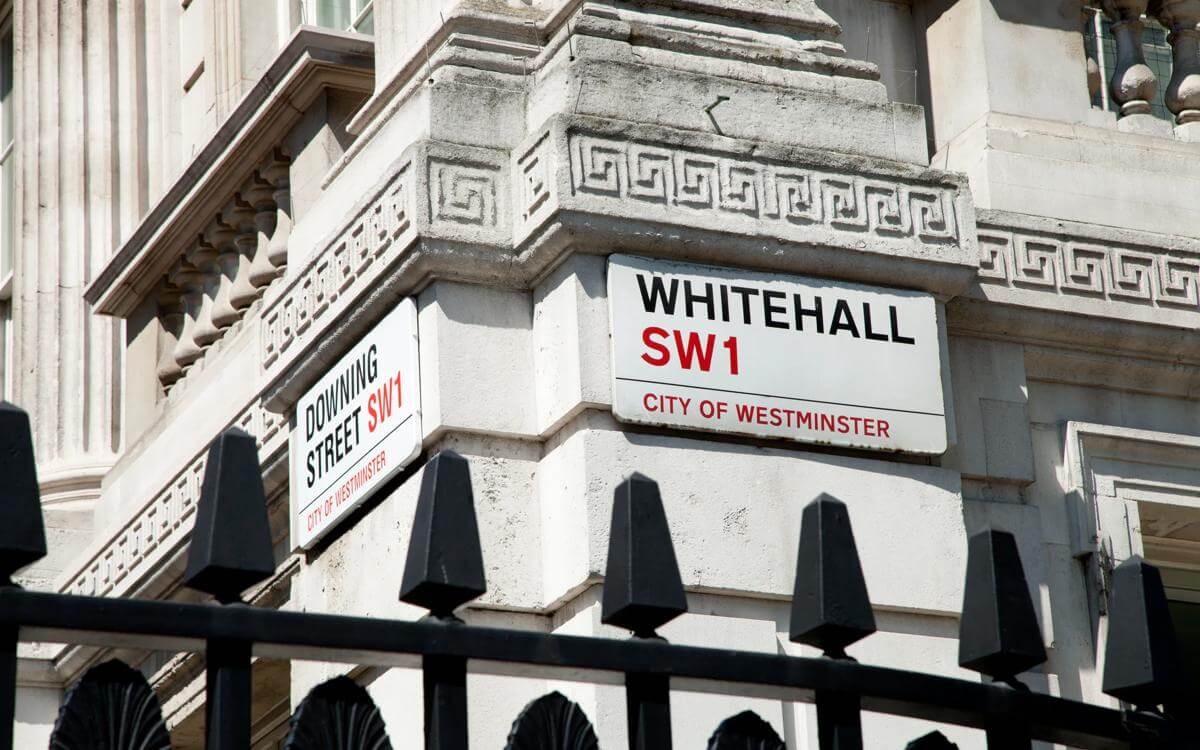Local government frameworks: who is in the frame?
Frameworks account for a huge amount of the UK’s procurement activities.
This article is taken from March's public matters newsletter. Click here to view more articles from this issue.
Frameworks account for a huge amount of the UK’s procurement activities. Most routine purchasing in the NHS is done through frameworks. Local government buys most of its basic supplies through its purchasing consortia. The Government’s Crown Commercial Services (and in Wales, Sell2Wales) has the stewardship of many nationwide frameworks for use by most of the public sector.
The aggregation of demand, economies of scale and the avoidance of repetitive procurement costs is recognised as being beneficial for most authorities. However, the concentration of procurement activity also challenges the basic principles of transparency and competition, might suppress the opening up of markets (especially to SMEs) and might even help cultivate a culture of collusion in certain circumstances.
Contracting authorities therefore need to be particularly vigilant both in putting together the frameworks in the first place and then in the processes that they apply for calling off purchases from the framework.
Two particular aspects of frameworks frequently arise:
- valuing the volume of activity permitted under the framework
- entitlement of contracting authorities to use the framework.
A contracting authority may procure a framework simply on its own behalf, but frequently it will also procure on behalf of others. Central purchasing bodies’ whole rationale is to purchase for multiple authorities. Whenever a multiple authority framework is procured, the issue of entitlement to use it raises its head.
Under the Public Contract Regulations 2015 (Regulation 33(5)), it is made explicit that those entitled to use the framework must be clearly identified (either individually named or clearly identifiable for example through a class of particular authority). There is no exception to this where the framework is procured by a central purchasing body (although direct purchases from the central purchasing body do not require this identification). It is not possible for an authority not otherwise named or identified to make the choice to join a framework at a later date.
With regard to the value and volumes of purchasing under a framework, although Regulation 33 is silent on the requirements, the OJEU Contract Notice provides no exemption for frameworks from the requirement to clearly state the value of the procurement.
Together, these requirements can be quite difficult to manage, especially where, in the case of central purchasing bodies, the actual requirements of individual authorities are probably a matter of some guess work. By way of example, some of the CCS frameworks are available to just about the whole of the public sector in the UK and in terms of the volumes quoted, eye wateringly large numbers are commonly inserted into the value section of the OJEU.
However a recent case has addressed both of these issues and provides some clarity on what must be done by those forming a framework in the first place and indeed for those who choose to use those frameworks.
Autorità Garante della Concorrenza e del Mercato – Antiturst, Coopservice Soc. coop. arl (Case C-216/17) deals with a framework set up under the 2004 procurement directive, which did not contain the explicit requirement for the naming of entitled authorities, something which is now clear. It involved a framework for refuse collection services put in place by a regional health authority. A different regional health authority called off a contract under the framework. It was not a signatory to the framework, but the original notice and documents anticipated that the framework was available to other regional health authorities.
The European Court was asked to confirm whether the authority was entitled to use the framework and, if so, to what extent its requirements (in terms of value and/or volumes) should have been made known at the inception of the framework.
On the first issue, the court confirmed what is now in the rules. There was no need for the authority to be a signatory, so long as it was clearly named or identified.
However, the case is still important in addressing how the purchasing requirements (in terms of value or volumes) of those entitled authorities are taken into account and implies that more than guess work may be required. It confirmed that the overall value of the framework needed to be stated, but also endorsed the view of the Commission and the Advocate General that the contracting authority must use ‘best endeavours with regard to the value and frequency of each of the subsequent contracts to be awarded’.
The implication of this is that whilst the procurer of the framework can and must state the overall values to be procured under the framework, it would not be enough to passively ignore the requirements of individual authorities.
So what should authorities do about this?
For central purchasing bodies, this could be a bit of a headache. It is seems unlikely that CCS, for example, will canvas the procurement needs of all individual public bodies, before placing their frameworks. However, where a framework is more local and perhaps more bespoke, it is suggested that authorities would have no excuse for not addressing this when putting the framework together. It would fail a test of best endeavours, if it simply ignored the requirements of those it purports to allow to use the framework.
Finally, one must address whose risk this is. Although the obligations appear to be addressed to the putting together of the framework, practically the problem will arise at the point of call off. The framework itself will have the benefit of a standstill notice having been issued and is likely to be too far beyond normal time limits for challenge. However, the call off without entitlement gets no such protection and risks being subject to the remedy of ineffectiveness. Therefore the contracting authority seeking to use someone else’s framework, must be clear that it has the entitlement and that best endeavours have been used in addressing its requirements, when the framework was first put together. If it cannot point to both of these, then it may be at risk should it still use the framework.









































